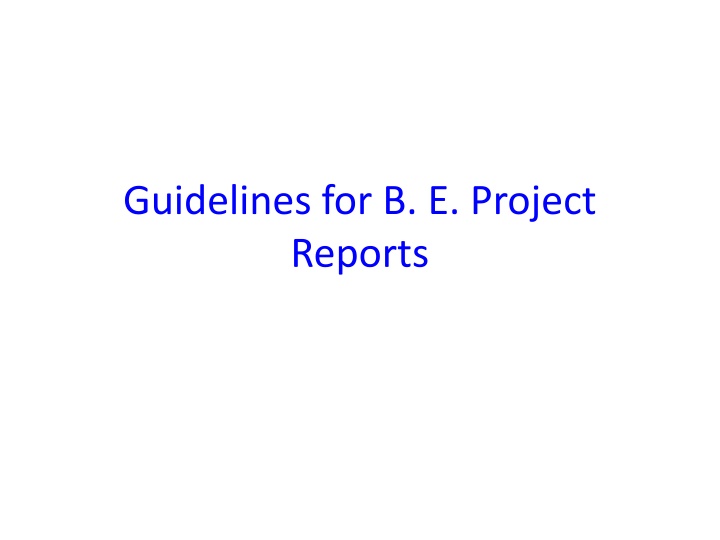
Effective Guidelines for B.E. Project Reports Submission
"Ensure uniformity and clarity in B.E. project reports with these strict guidelines. Be meticulous in formatting, content, and acknowledgements to meet the criteria set by the school's Electrical & Electronics Engineering department."
Download Presentation

Please find below an Image/Link to download the presentation.
The content on the website is provided AS IS for your information and personal use only. It may not be sold, licensed, or shared on other websites without obtaining consent from the author. If you encounter any issues during the download, it is possible that the publisher has removed the file from their server.
You are allowed to download the files provided on this website for personal or commercial use, subject to the condition that they are used lawfully. All files are the property of their respective owners.
The content on the website is provided AS IS for your information and personal use only. It may not be sold, licensed, or shared on other websites without obtaining consent from the author.
E N D
Presentation Transcript
Guidelines for B. E. Project Reports
INTRODUCTION These guidelines are to be strictly followed to maintain the uniformity in the reports In each report a candidate has to take special care to show the correctness and clarity to each expression. Student's project supervisor will scrutinize each report carefully for these criteria. There are certain requirements that are to be fulfilled in the Reports. Some of them are the the title page, the table of contents. 3/18/2025 School of Electrical & Electronics Engineering 2
General Rules a student should consult his supervisor. Project Reports should be submitted to candidate's supervisor for review well in advance so that the supervisor suggests the necessary changes that should be incorporated in the reports. The Department requires the deposit of one copy of the approved report while the project supervisor & coordinator concerned requires one copy. An example of the Title Page for the Project Report is given in this document. the abstract cover the following points: statement of the problem; procedure or method; results; conclusions. Project reports submitted for review must be bound. Candidates desiring multiple copies of their report can use photocopying or equivalent processes. 3/18/2025 School of Electrical & Electronics Engineering 3
Declaration, Certificate of Supervisor or Acknowledgements must immediately precede the Abstract and must be brief, one page or less in length. This is the proper place for acknowledgements to individuals or organizations. Such acknowledgements must be made simply. In general, Tables, Graphs, Charts and Illustrations are special matters usually of a technical sort, and the proper form must be understood and followed after a candidate has received instructions from his/her supervisor. Only contrasting and clear photocopies of inked drawings are acceptable. 3/18/2025 School of Electrical & Electronics Engineering 4
Suggestions to improve the quality of the reports One should note the spelling of Foreword. Periods and commas go inside quotation marks; semicolons and colons go outside. The word data is plural and requires a plural verb. Numbers from one to nine, inclusive, should be spelled out, for number 10 and above, use numerals. Numbers should be spelled out when they begin a sentence. One should spell out per cent; do not use % Use of the pronoun such as "I", "We", "You", "He", "They" must be avoided. It is suggested to use passive voice in such cases. Listings of the developed computer software should be given in an appendix. However, if the code is longer than 300 lines the listing should be given in a separate CD following proper indentation and comments. 3/18/2025 School of Electrical & Electronics Engineering 5
PROJECT REPORT STRUCTURE It has several sections. In the first section, it deals with the some initial pages such as Title Page, Declaration, Certificate, Acknowledgement, Table of Contents. In Section 2 the way one can write Abstract of the report has been explained. Section 3 discusses the expectation of a reader in the first chapter of the report known as Introduction. Next section is used to discuss the expected contents of the middle chapters of the report. Generally there are at least three middle chapters in the report such as Methodology, Results and Discussion. Last chapter of the report discusses Conclusion and Future Work. Next section deal with the situation when one has to add Appendices in the project report. Last section explains the way one should write the references that are used in writing the report. 3/18/2025 School of Electrical & Electronics Engineering 6
Preliminary Pages Title Page Certificate Declaration Acknowledgements Table of Contents 3/18/2025 School of Electrical & Electronics Engineering 7
Abstract Introduction Problem Statement Procedures Results Conclusions 3/18/2025 School of Electrical & Electronics Engineering 8
In writing the abstract 1. Any technical term that most readers do not understand should be avoided. 2. Any abbreviation or acronym that is not commonly used should be avoided. 3. Abstracts should not contain a bibliography or citations. 4. Abstracts should not contain any tables or graphs. 5. Abstracts must give only minimal reference to any earlier work. 6. Abstract should only include procedures done by the group. 7. One should not put acknowledgements in the abstract. 3/18/2025 School of Electrical & Electronics Engineering 9
Introduction 1. Introduction of the Problem 2. Summarize Previous Research 3. Researching the Problem 4. Provide the Hypothesis 5. Organization of the Report 6. Other Issues 1. The Dictionary Definition 2. Cutting to the Chase too Quickly 3. Memorable Quotations 4. The "telegraphic" sentence 5. Use of Tense 7. Purpose of Introduction 3/18/2025 School of Electrical & Electronics Engineering 10
Middle Chapters Structure of Report Materials and Methods Theory Results and Discussion Discussion Conclusions and Further Work Appendices References 3/18/2025 School of Electrical & Electronics Engineering 11
TEXT PROCESSING INFORMATION A4 Only Near Letter Quality or sharper dot matrix printer or Laser printer and Ink Jet printer and electrical typewriter outputs are acceptable. As a character font, one should use Times, Times Roman, Courier, Geneva, Helvetica or equivalent which are available in most word processors. The font size must be 12 point in the text and at least 8 point in the figures. Whenever titles and headings are to be centered the centering shall be such that 112 mm. from the left edge of the paper or 98 mm. for the right edge of the paper is the center point of the title or heading. Margins of pages shall conform to the following specifications. a. Left margin - 3 1/2 cm. from edge of paper. b. Right margin - 2 cm. from edge of paper. c. Top margin - 3 1/2. from edge of paper. d. Bottom margin - 2 cm. from edge of paper. 3/18/2025 School of Electrical & Electronics Engineering 12
Spacing of the text material shall be 1.5 with the following exceptions: a. Footnotes - single spacing b. Long biographical quotes - single spacing c. Extensive quotations - single spacing and indented eight (8) spaces relative to the text material. Headings used in the report shall conform to the following rules: a. Chapter Headings - CHAPTER 1,CHAPTER 2, CHAPTER 3 etc (1) Must begin a new page and be centered using the Font Size 18 with Bold Fold. Omit period at the end of the heading. (2) Must be typed in upper case letters. (3) Chapter headings are to be titled names that reflect content of the text that follows. (4) It should be centered and Font Size to be used is 18 with Bold Face. (5) Must be typed in upper case letters. (6) Provide 3 blank lines after the chapter name. 3/18/2025 School of Electrical & Electronics Engineering 13
Second Headings - 2.1, 2.2, 2.3, etc. (1) Must be towards left margin and be typed in capital and lower case letters; i.e., the first letter of each word except conjunctions, prepositions, and articles must be a capital letter. Omit period at the end of heading. (2) The letter designation of the heading shall be followed by a period and two blank spaces. (3) Must be three spaces below preceding text and two spaces ahead of succeeding text. (4) Font Size to be used is 14 with Bold Face. (5) In case it is found that first line of the succeeding text starts from the next page, then this heading should start from the next page using page break. 3/18/2025 School of Electrical & Electronics Engineering 14
First sub-headings - 2.2.1, 2.2.2 , etc. (1) Must be typed on separate lines beginning at the left margin line of the text, but need not begin a new page. (2) Must be typed in capital and lower case letters except conjunctions, prepositions, and articles. (3) The number designation of the heading shall be followed by a period and two spaces. Omit period at the end of the heading. (4) Must be separated from the succeeding text by three spaces. (5) Font Size to be used is 12 with Bold Face. (6) In case it is found that first line of the succeeding text starts from the next page, then this sub-heading should start from the next page using page break. 3/18/2025 School of Electrical & Electronics Engineering 15
Second sub-headings- 2.2.1.1, 2.2.1.2 etc.. (second sub-headings should be avoided if possible) Must be typed on the same line as the text it introduces beginning at the left margin line of the text. Must be typed in capital and lower case letters except conjunctions, prepositions, and articles. Must be followed by a period at the end of the heading and must be underscored by a line. The letter designation shall be followed by a period and two spaces. Font Size to be used is 12. In case it is found that first line of the succeeding text starts from the next page, then this second sub-heading should start from the next page using page break. 3/18/2025 School of Electrical & Electronics Engineering 16
Figures and Tables: Ideally, every result claimed in the text should be documented with data, usually data presented in tables or figures. If there are no data provided to support a given statement of result or observation, one should consider adding more data, or deleting the unsupported "observation." Examine figure(s) or table(s) pertaining to the result(s). Footnotes, Specially Designated Expressions and Paragraphs Pagination and Paragraphs: Size of Thesis: Binding Specifications: Number of Copies: 3/18/2025 School of Electrical & Electronics Engineering 17
CITATION STYLE Citation of Books The standard format or citation Style for a book is author(s) title edition (if applicable) place of publication publisher date one author: Williams, G. State and Society in. Onco State, Nigeria, Afrographika, 1980. 3/18/2025 School of Electrical & Electronics Engineering 18
Citation of Periodicals The same principles that apply to a book apply when he is citing articles from periodicals journal, magazines, newspapers, reviews, etc. For an article format is given below. author(s) title of the article title of the periodical, or its accepted abbreviation. date , volume, and part number of the issue in which it appears page numbers Examples are given below. Davis, R.D. 'Sludge disposal - keeping it safe'. Water and waste treatment, 1984, 27 (9) 38-42 or Zlotnik, M. D. 'Chernenko succeeds'. Problems of Communism 33 (2) March-April 1984, pp.17-31. 3/18/2025 School of Electrical & Electronics Engineering 19
Attributed or Indirectly Quoted References Signaling Citations in the Text Motion pictures, audio and video recordings, radio and television programmes (using the Harvard System) CD-ROMs (using the Harvard System) Online material (using the Harvard System) E-mail 3/18/2025 School of Electrical & Electronics Engineering 20
CROSSCUTTING ISSUES In this chapter we like to provide various issues that should be addressed at the time of writing the project report. Among the various issues, we like to discuss three important ones and they are (i) About Readers of Report (ii) Order of Report Writing and (iii) Avoiding Ambiguity. 3/18/2025 School of Electrical & Electronics Engineering 21
Readers of Report 1) It should be clear to the author that the project report is not only the partial requirement for the award of the B.E. Degree but also is permanent assets of the university which can be referred by the researchers within the country and outside the country. So, the project group must know about the readers of the project report. Readers are 2) Researchers working in analogous field areas elsewhere in the world. 3) Researchers working in the field area, but with different techniques. 4) Researchers working on the same interval of geologic time elsewhere in the world. 5) All other researchers using the same technique. 6) If the study encompasses an active process, researchers working on the same process in the ancient record. 7) Conversely, if the study is based on the rock record, people studying modem analogs. 8) People writing a synthesis paper on important new developments in the field. 9) People applying earth science to societal problems (i.e. earthquake hazard reduction, climate warming) who will try to understand the report. 10) Potential reviewers of the report examination committee. 3/18/2025 School of Electrical & Electronics Engineering 22
Order of Writing The report is not written in the same order as it is presented in. The following gives an idea how to proceed. 1. At first step, one organizes the report as a logical argument before he begins writing 2. Then, figures are made to illustrate the argument 3. In the next step, one should think about the main chapters which are: background to the argument (introduction); describing the information to be used in the argument, and making points about them (observations), connecting the points regarding the info (analysis), summing up (conclusions). 4. For each chapter, it is suggested to outline the main elements in sections, subsections 5. Now author is ready for writing, choosing options in the following hierarchy - paragraphs, sentences, and words. 3/18/2025 School of Electrical & Electronics Engineering 23
Avoiding Ambiguity Author must avoid any ambiguity in the report. He should 1) Not allow run-on sentences to sneak into the writing; he should try semicolons. 2) Avoid nested clauses/phrases. 3) Avoid clauses or phrases with more than two ideas in them. 4) Not use double negatives. 5) Not use dangling participles (i.e. phrases with an "-ing" verb, in sentences where the agent performing the action of the "-ing" verb is not specified: " After standing in boiling water for two hours, examine the flask."). 6) Make sure that the antecedent for every pronoun (it, these, those, that, this, one) is crystal clear. If in doubt, use the noun rather than the pronoun, even if the resulting sentence seems a little bit redundant. 7) Ensure that subject and verb agree in number (singular versus plural). 8) Be especially careful with compound subjects. He should be especially careful with subject/verb agreement within clauses. 9) Avoid qualitative adjectives when describing concepts that are quantifiable ("The water is deep." "Plate convergence is fast." "Our algorithm is better.") Instead, he should quantify. ("Water depths exceed 5km.") 10) Avoid noun strings ("acoustic noise source location technique"). 11) Not use unexplained acronyms. He should spell out all acronyms the first time that are use in the report. 3/18/2025 School of Electrical & Electronics Engineering 24
Examples 1 FORMAT OF COVER PAGE 2 Example of Title Page 3 Example of TABLE OF CONTENTS 4 Example of Certificate 5 Example of Declaration 6 Example of Acknowledgement 7 Example of Abstract 8 Example of CHAPTER 9 Example of LIST OF SYMBOLS 10 Example of LIST OF ABBREVIATIONS 11 Example of References using the Numeric System 12 Example of APPENDIX 3/18/2025 School of Electrical & Electronics Engineering 25
Thank you Suggestions??? 3/18/2025 School of Electrical & Electronics Engineering 26


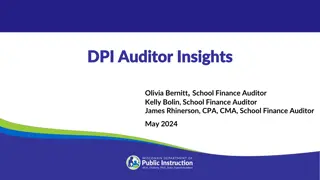
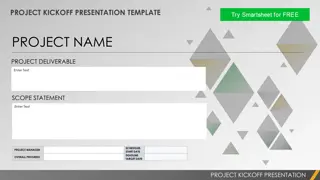

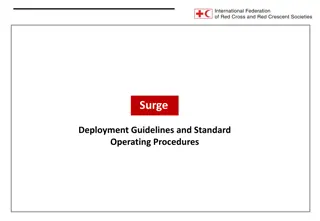

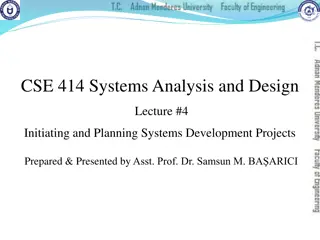
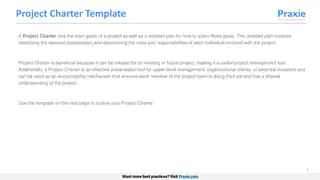
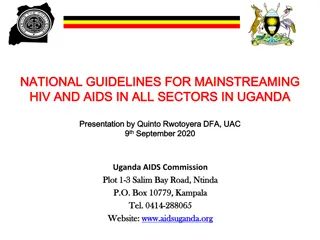
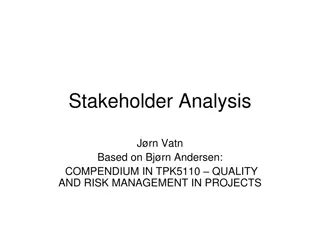
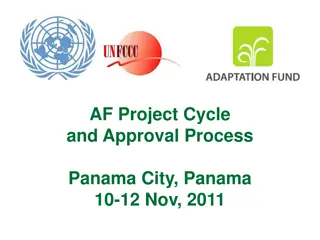
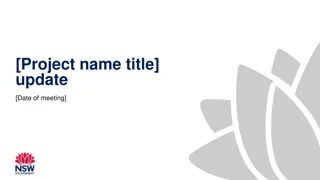

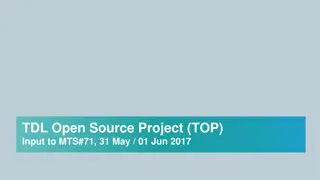
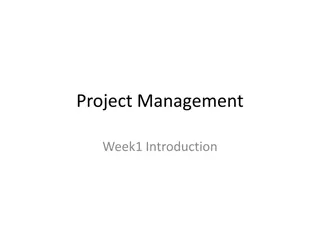

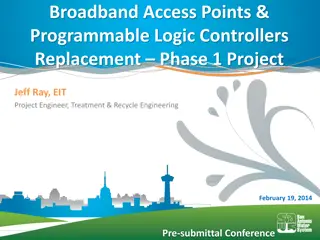
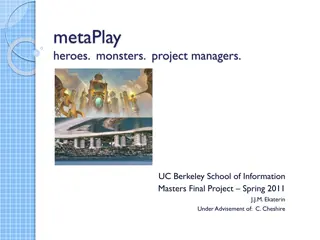
![Project Initiation Document for [Insert.Project.name] [Insert.Project.number]](/thumb/226757/project-initiation-document-for-insert-project-name-insert-project-number.jpg)


